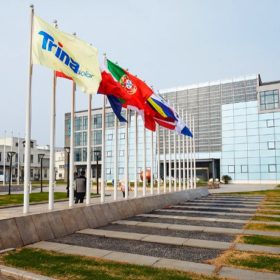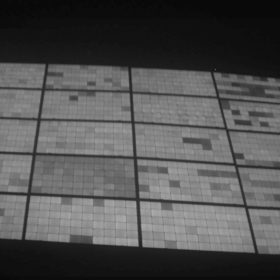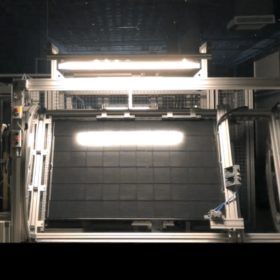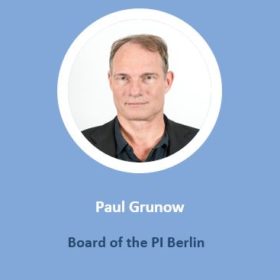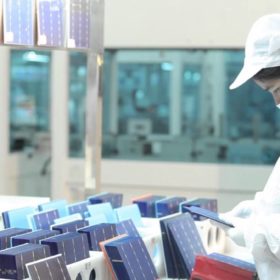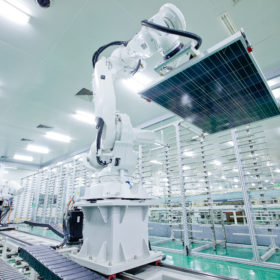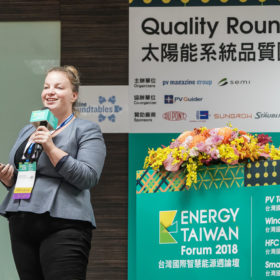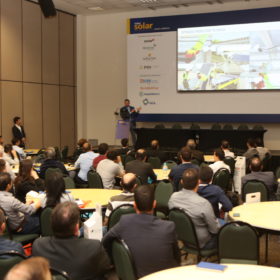Trina Solar begins mass production of 425 W bifacial glass-glass module
The Chinese PV manufacturer uses TOPCon half cells for the modules. The additional rear side yield is estimated by Trina at 5-30%.
UK scientists observe LID in action
A team of researchers from Manchester University claims to have identified the dominant process causing light-induced degradation in silicon solar cells. The process, termed “trap-assisted auger recombination”, arises from a defect in the bulk of the silicon material which lies dormant until exposed to sunlight.
Battle of the module reliability rankings
While PV module makers are attempting to get the best possible scores for their products on 3rd party tests, 3rd-party testing providers are also offering competing products to rank products. We look at what’s similar and what’s different in the tests.
Webinar Q & A: How can investors mitigate the risk of LID and LeTID?
What is your recommendation for investors when buying PERC modules? Can LeTID loss be completely recovered in the field? Can one be sure that there is no LID and LeTID in n-type cells? Presenters, Andrea Viaro, head of technical service Europe, JinkoSolar, Stefan Roest , CTO, Eternal Sun & Spire Solar and Paul Grunow, technology consultant, board of the PI Photovoltaic Institute Berlin AG answer these and other questions from a recent pv magazine webinar.
LID and LeTID: Q&A with JinkoSolar
Our next pv magazine webinar is approaching and has already attracted interest. Is it possible to control LID and LeTID and, if so, how? Here, Andrea Viaro from webinar partner Jinko Solar gives an insight into the manufacturer’s experience.
Taking the heat: Jinko cells put through their paces under new LeTID test
Chinese solar giant JinkoSolar says it has put its products through a new set of standards testing for light-elevated temperature induced degradation, with the new examination regime set to be adopted as an industry standard.
Video: Quality Roundtable Energy Taiwan 2018
LID mitigation in mono-PERC cells is technically feasible, according to Jay Lin and Karin Krauß, who spoke during pv magazine’s Quality Roundtable in Taiwan. The country’s rapidly growing floating PV market was also addressed.
Video: Quality Roundtable at Intersolar SA
At pv magazine’s first Latin American Quality Roundtable, held at Intersolar South America in Sao Paulo, we were joined by international players, like JinkoSolar and DuPont, as well as public and private Latin American entities, all of which are striving to bring more quality to the solar PV supply chain, from the U.S.-Mexico border to Tierra del Fuego.
Challenges and solutions for anti-LID treatment
In PERC modules, both light and elevated temperature induced degradation (LeTID) and light induced degradation (LID) must be mitigated. What makes this tricky, however, is that the mitigation process of the first, counteracts that of the second, says Karin Krauß, R&D project manager, Rehm Thermal Systems. At the pv magazine Roundtable in Taipei next week, she will discuss possible solutions with cell and module manufacturers, and EPCs.
9th PV Quality Roundtable: Stopping the blame game
At pv magazine’s 9th Quality Roundtable, held last month in Germany, a host of experts debated pressing quality issues, from LID in PERC modules, to hailstorm damage and faulty backsheets. In a video interview, Stephan Padlewski of DuPont goes into more detail about the quality debate, and how it has developed over the past years. He also discusses DuPont’s testing regime.
